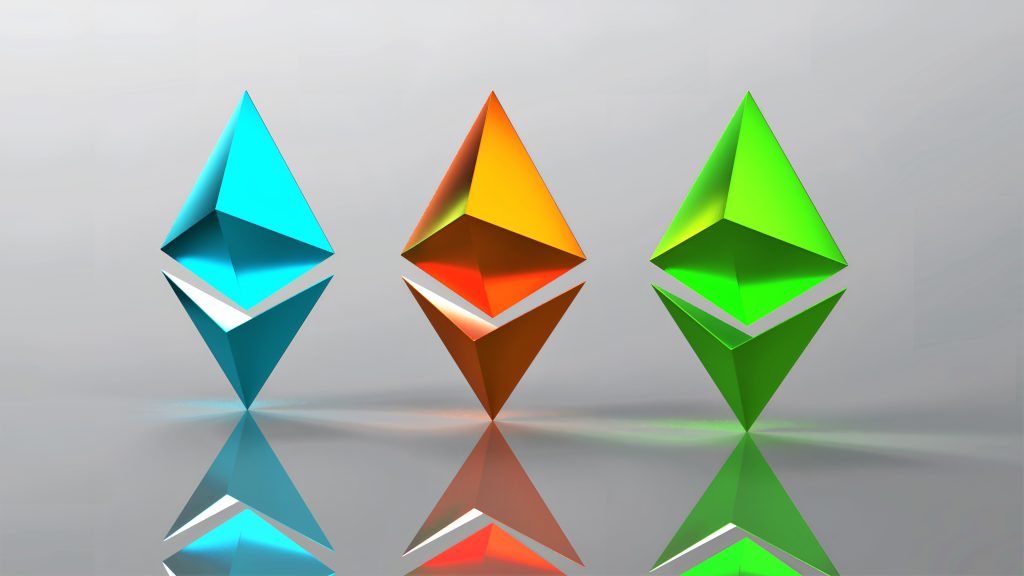
In recent years, a new phenomenon has emerged in the realm of digital art and collectibles, capturing the attention and curiosity of enthusiasts and investors alike. Non-Fungible Tokens, or NFTs, have revolutionized the concept of ownership in the digital age, offering unique opportunities and challenges for creators, collectors, and the broader art community.
NFTs are blockchain-based tokens that authenticate the ownership and provenance of digital assets, such as art pieces, music, videos, and even virtual real estate. Unlike cryptocurrencies like Bitcoin or Ethereum, which are interchangeable and can be exchanged on a one-to-one basis, NFTs are distinct and indivisible. Each NFT represents a one-of-a-kind item, making it verifiable and unique.
One of the key ambitions of NFTs is to address the issue of digital scarcity. In the digital realm, it has been challenging to establish true ownership or rarity, as digital files can be endlessly replicated and shared. However, with NFTs, creators can assign scarcity to their digital creations, ensuring that each piece remains one-of-a-kind. This newfound scarcity adds value and exclusivity to digital assets, making them desirable collectibles.
Moreover, NFTs provide artists with unprecedented control over their work and a direct connection with their audience. Through smart contracts embedded in the blockchain, artists can receive royalties each time their NFT is resold, ensuring ongoing revenue streams that were previously elusive in the traditional art market. This potential for monetization has empowered artists to explore new avenues of creativity and build sustainable careers by leveraging the digital medium.
From a collector’s perspective, NFTs offer an immersive and interactive experience. Unlike physical art, NFTs can be programmed to unlock special features or experiences for their owners. Imagine owning a digital artwork that changes dynamically based on the time of day or allows you to explore hidden elements with the click of a button. NFTs enable artists to push the boundaries of creativity, transforming static pieces into living, breathing entities.
However, as with any burgeoning technology, there are challenges and concerns surrounding NFTs. The environmental impact of blockchain transactions and the high energy consumption associated with certain blockchain networks have raised valid questions. Additionally, the market has seen instances of copyright infringement and plagiarism, emphasizing the need for robust frameworks to protect artists and their intellectual property rights.
Despite these challenges, the ambition of NFTs remains clear – to redefine the concept of ownership, democratize access to art, and provide creators with new avenues for monetization. As we witness the convergence of technology and art, NFTs hold immense potential to reshape the art world, fostering innovation, creativity, and inclusivity.
In conclusion, NFTs represent a paradigm shift in the way we perceive and engage with digital assets. They offer a unique opportunity for artists, collectors, and enthusiasts to explore uncharted territories, challenging traditional notions of ownership and fostering a new era of creativity. As the NFT ecosystem continues to evolve, it is crucial for stakeholders to address the challenges while embracing the transformative potential that these digital tokens bring to the world of art and beyond.
